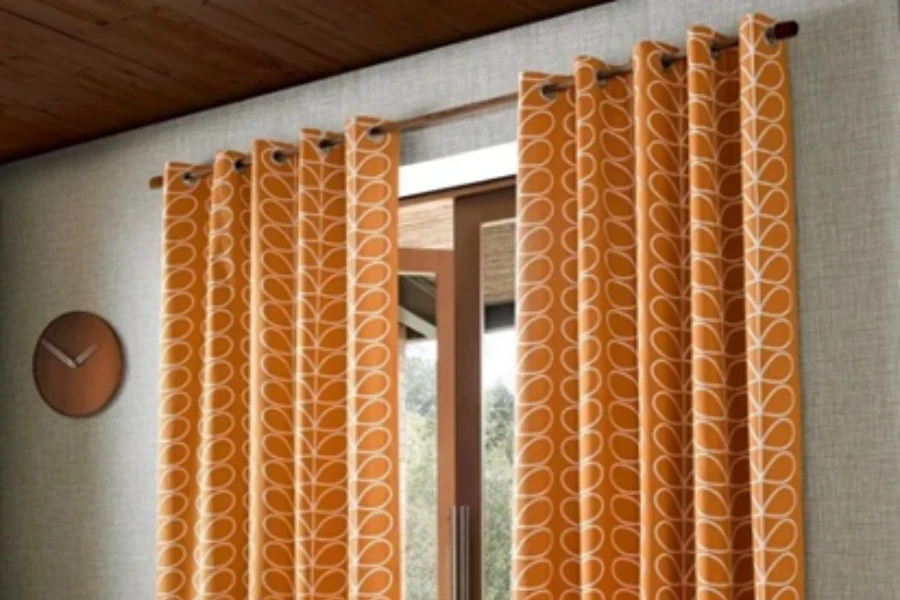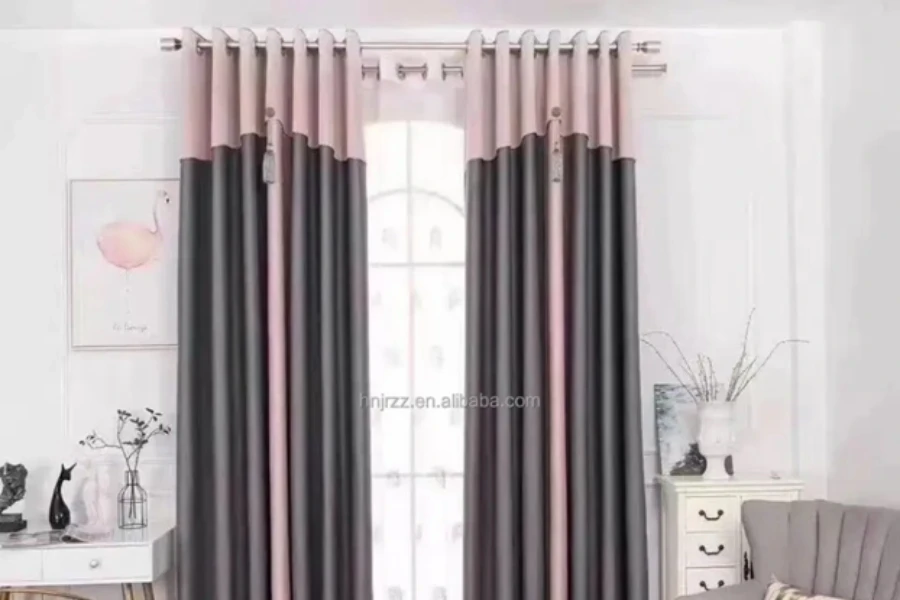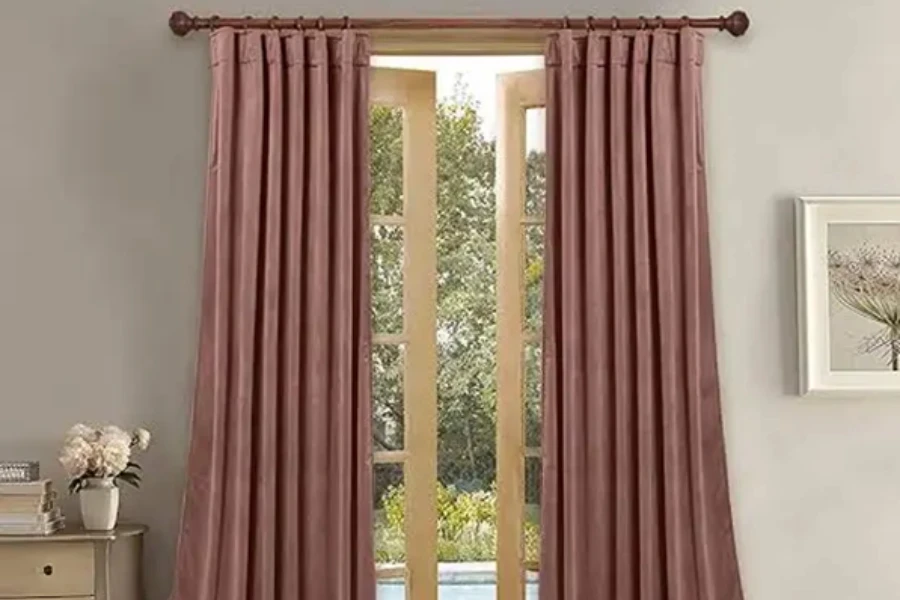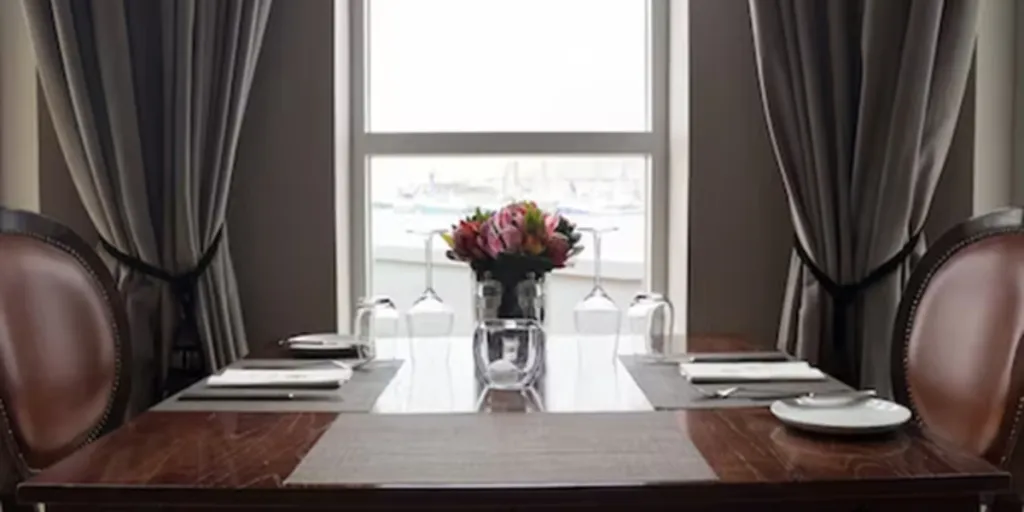Curtains add privacy to the home, as well as elevating the style and comfort of any room. As a result, it’s important to offer a range of curtain options. This allows one’s customers to beautify their interiors with a design palette that meets a range of aesthetics.
In this post we cover the potential of this market for retailers, as well as some key tips on how to stock a range of curtains that buyers will love in 2024 and beyond!
Table of Contents
Overview of the curtain market
The best curtains by fabric type
The bottom line
Overview of the curtain market
Revenues for the curtains and blinds markets in the U.S. rose to US$ 11.41 billion in 2023. Research also shows that growth for the U.S. between 2023 and 2028 should reach an annual compound annual growth rate (CAGR) of 6.88%. Globally, this CAGR is projected to rise by 8.5% and reach US$ 87.1 billion by 2031.
Customers love to enhance the appeal of their homes with interior décor. Curtains are often a foundational part of this process, with individual customers looking for variety to meet their aesthetic needs.
Individual and business customers also tend to revamp their environments regularly. This redecorating process may lead to repeat customers at regular intervals.
Combining these elements shows the importance of this market. These factors all indicate that retailers have good reason to pay close attention to customer preferences and stock their inventories accordingly.
The best curtains by fabric type
Retailers can select custom curtains for their inventories based on quality, design, style, and cost. While these are all important factors to consider, here we suggest you choose your stock based on the fabric type.
Research shows that polyester curtains are in the highest demand because of their convenience and durability. However, customer demand for natural products like cotton curtains is growing. Linen and silk curtains are also becoming increasingly popular.
Our classifications cover curtain fabrics in order of popularity. Additionally, we discuss their suitability for use in various rooms, some specific qualities based on the fabric type, as well as the pros and cons of each.
Retailers can use these details to help with the accuracy of their product information and customizable options. They can also use this information to meet market predictions.
1. Polyester fabric curtains

Polyester is a synthetic fiber made from petroleum, a natural resource. This fabric is available in different qualities and is a great option for curtains in every room except kitchens.
Pros
- Affordable
- Easy to maintain
- Durable
- Available in multiple patterns, plain colors, and styles
- Fabric drapes well
- Crease-free
- Colorfast
- Fade-resistant
- Resistant to mold and mildew
Cons
- Synthetic
- Easily absorbs odors
- Not breathable (a possible advantage for insulation)
- Easily flammable but available with flame-resistant finishing properties
- Attracts static charge
2. Cotton curtains

Cotton is a popular natural fiber made from the cotton plant. Manufacturers produce different fabric qualities based on thread count, which creates thinner or denser fabrics. Cotton curtains are useful for all rooms in the home.
Pros
- Robust fabric
- Natural fiber
- Insulating – cool in summer and warm in winter
- Available in multiple colors, print designs, styles, and thicknesses
- Absorbent
- Breathable
- Hypoallergenic when organic (does not attract organism growth, reduces chances of allergic reactions)
- Easy to wash and maintain
Cons
- More expensive than synthetic fabrics
- It can be see-through, allow in excess natural light, and may need a curtain lining
- Fades easily with constant exposure to direct sunlight
- It tends to attract mold and mildew in humid climates when not aired well
- Creases easily
- It may shrink when washed, so check if it has been pre-shrunk and follow care instructions to avoid this potential disadvantage
3. Silk curtains
Actual silk fabric comes from silkworms that feed off Mulberry leaves. This natural fiber offers a classic look for curtains. Homeowners can use luxurious silk window coverings in their bedrooms, as living room curtains, or in dining rooms to complement other furniture decor.
Pros
- Exceptionally strong fabric
- Wrinkle-resistant
- Lightweight
- Luxurious appearance and texture
- Available in many colors and prints
- Drapes well as long curtains on curtain rods or other functional window styles
- Antistatic
- Insulating qualities
Cons
- It tends to snag easily, so it is best for use in low-traffic areas
- Relatively expensive fabric
- Sensitive to damage from the elements, so needs a curtain lining
- Fades and stains readily
- Requires professional maintenance
4. Linen curtains

Natural fibers remain popular choices for window coverings, so it is no surprise that linen curtains are in demand. Linen is made from the flax plant and provides an extra level of texture in home décor. Like several other fabrics, linen curtains meet many customer tastes and are suitable for most rooms in the home.
Pros
- Lightweight
- UV resistant
- Hypoallergenic
- Breathable
- Antimicrobial
- Easy to maintain
- Unique texture
- Offers cooling in summer and warming in cold seasons
Cons
- Costlier than synthetic fibers
- Linen may attract mold or mildew in highly humid conditions and when not aired well
- Creases easily
- Often see-through with low shade cover, these curtains require a lining in rooms where extra privacy is necessary
- May shrink when washed if not pre-shrunk (it is best to follow cleaning instructions when buying linen as window treatments)
5. Velvet draperies

Velvet is traditionally made from natural fibers, but modern versions include synthetic fibers. It is possible to distinguish these two fabric types by their prices.
True velvet fabrics cater to unique tastes and make suitable drapes for sitting rooms, dining rooms, and business venues. Some people even enjoy the luxury of velvet curtains in their bedrooms.
Pros
- Velvet comes in multiple colors, designs, and styles
- Dense and luxurious
- Velvet makes popular blackout curtains that do not allow natural light to penetrate rooms when closed
- Thermal insulation – maintains natural heating and cooling balance between indoor and outdoor spaces.
- Maintenance is relatively simple – use a vacuum cleaner for regular cleaning and give them a professional dry cleaning once a year
- Correctly maintained velvet curtains can last for decades
Cons
- Expensive
- High maintenance vs. functionality may be a concern for some people
- Best for use in low-traffic areas
- Attracts dust and dander due to static qualities
- Sensitive to nicks, which can damage the texture
The bottom line
Given the projected global growth in demand for curtains, retailers can gain a share of this lucrative market by ensuring a well stocked inventory that caters to a range of preferences.
Retailers can share the characteristics of curtain fabrics listed above with their customers to help ensure they find a solution that matches their budget and needs. To get started, we suggest exploring these curtain products to complement your existing inventory with the best window treatments for the home.




